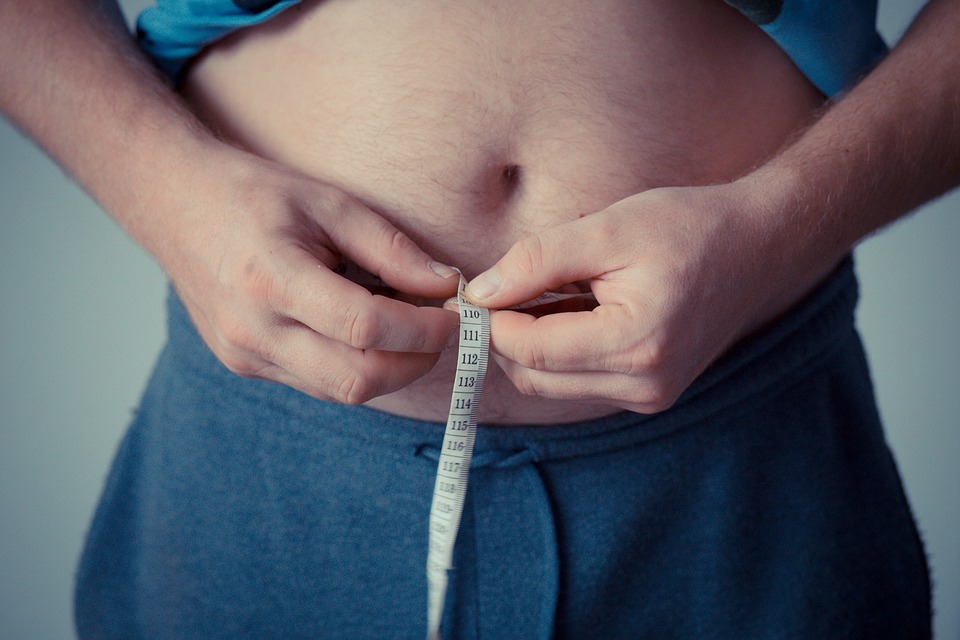
Researchers propose new disease classification system for obesity
Researchers are proposing a new scientifically correct and medically actionable disease classification system for obesity, according to a paper published online in Obesity, the flagship journal of The Obesity Society.
The proposed disease classification system is based on the concept Adiposity-Based Chronic Disease (ABCD). The diagnostic term reflects both the pathophysiology and clinical impact of obesity as a chronic disease. The proposed coding system has four domains: pathophysiology, body mass index (BMI) classification, complications, and complication severity; and incorporates disease staging, specific complications that impact health, the basis for clinical intervention, individualized treatment goals and a personalized medicine approach.
“The coding reflects ‘what we are treating’ and ‘why we are treating it’, and, hopefully, will provide impetus for greater access of patients to evidence-based treatments,” said W. Timothy Garvey, MD, Butterworth Professor in the Department of Nutrition Sciences and Director of the Diabetes Research Center at the University of Alabama at Birmingham. Garvey is also a GRECC investigator and staff physician at the Birmingham Department of Veterans Affairs Medical Center. Garvey is the corresponding author of the study.
The diagnosis of obesity is currently based only on BMI that conveys no indication of the impact of excess adiposity on a person’s health. The International Classification of Diseases (ICD) code for obesity reads “obesity due to excess calories,” which experts say is not medically meaningful and does not reflect obesity pathogenesis.
“These inadequacies contribute to lack of access of patients to evidence-based therapies and appreciation of obesity as a chronic disease,” said Garvey.
The American Association of Clinical Endocrinologists (AACE) and the European Association for the Study of Obesity (EASO) have both embraced the concept of ABCD.
“There is increasing recognition globally that BMI and other simple metrics of obesity do not accurately reflect the complexity of the disease or the circumstances of patients. The Garvey and Mechanick proposal for a scientifically accurate and medically actionable four domain classification system is most welcome, and builds on previous initiatives of the AACE and EASO, explaining obesity as an ‘adiposity-based chronic disease.’ It is time for obesity to enter the era of precision medicine, with novel classification systems based on functionally established endpoints,” said Gema Frühbeck, first author of the EASO paper on ABCD.
“AACE has historically supported efforts in advancing the clinical evaluation and therapy of obesity beyond just a disease of weight based upon BMI, including guidelines recommending more nuanced diagnosis based upon exam and clinical evaluation to classify and stage the severity of disease. It is critical to match the intensity of therapy to the severity of disease and pathophysiology of disease, thus AACE followed its guidelines with a position statement proposing ABCD as a new diagnostic term for obesity. This proposed ICD coding structure supports the clinical efforts of personalizing individual diagnoses with more precision and nuance, which will benefit customized therapeutic plans for patients with obesity,” said Karl Nadolsky, DO, FACE, chair of the Nutrition and Obesity Disease State Network at AACE.
“The framework provides a well-organized way to help practitioners and payers conceptualize obesity beyond an erroneous framework of this patient eats too much and is not active enough,” said Jamy Ard, MD, professor of epidemiology and prevention at Wake Forest School of Medicine and co-director of the Weight Management Center at Wake Forest Baptist Health in Winston-Salem, NC. Ard was not associated with the research.
Ard added that the biggest challenge he foresees with this approach is that providers currently underdiagnose obesity using the simple BMI-based coding. “This more advanced approach will require a significant amount of education and outreach to change providers’ behaviors. However, if better reimbursement is tied to this type of coding system as the authors aspire, it may help to drive broader adoption and implementation,” said Ard.


